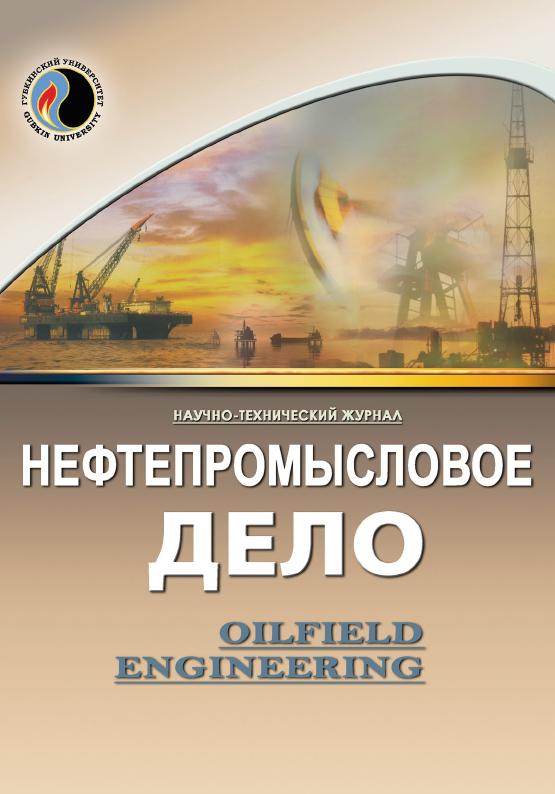Development of a methodology for predicting formation volume factor by means of using machine learning
UDC: 622.276
DOI: -
Authors:
FREIMAN O.A. 1
1,
EREMIN N.A. 1,2
1,2
1 Northern (Arctic) Federal University named after M.V. Lomonosov, Arkhangelsk, Russia
2 Oil and Gas Research Institute RAS, Moscow, Russia
Keywords: reservoir properties of oil, PVT-properties, formation volume factor of oil, machine learning, neural networks, optimization of a field development process
Annotation:
The development of a methodology for correctly predicting reservoir properties of oil is a priority task, since obtaining experimental data requires significant economic costs. In this study, two methods for predicting reservoir properties of oil were considered, in particular, the volume factor: machine learning methods and classical linear regression. The data sampling for training the model amounted to more than 5500 values, including data on the volumetric coefficient of oil, gas content, density and temperature. During the model building, an understanding of the relationship between the main reservoir properties of oil was obtained. Based on the results of the work, the best dependence f (G, ρ, T) was obtained, which has the best indicators of all statistical metrics.
Bibliography:
1. Brusilovskiy A.I. Nauchno obosnovannyy inzhenernyy metod opredeleniya komponentnogo sostava i PVT-svoystv plastovykh uglevodorodnykh smesey pri nepolnoy iskhodnoy informatsii // PRONeft’. – 2016. – № 1. – S. 68–74.
2. Dunyushkin I.I., Mishchenko I.T., Eliseeva E.I. Raschety fiziko-khimicheskikh svoystv plastovoy i promyslovoy nefti i vody. – M.: Neft’ i gaz, 2004. – 448 s.
3. Yushchenko T.S., Brusilovskiy A.I. Effektivnyy metod postroeniya i adaptatsii PVT-modeley plastovykh flyuidov gazokondensatnykh mestorozhdeniy i gazovykh shapok neftegazokondensatnykh zalezhey // Neft. khoz-vo. – 2015. – № 1. – S. 56–60.
4. A neural network model and an updated correlation for estimation of dead crude oil viscosity / A. Naseri, S.H. Yousefi, A. Sanaei, A.A. Gharesheikhlou // Brazilian J. of Petroleum and Gas. – 2012. – Vol. 6, Issue 1. – P. 31–41.
5. Hadavi Moghaddam F., Mishchenko I. Introducing a new correlation method to predict PVT properties of Russian and Iranian crude oils // Student Technical Conference (STC), 7–9 November 2018, Freiberg.
6. Jain D., Bihani A.D. Crude oil viscosity correlations: a novel approach for Upper Assam basin // Petrotech, New Delhi, India, 2014.
7. Ghorbani B., Ziabasharhagh M., Amidpour M. A hybrid artificial neural network and genetic algorithm for predicting viscosity of Iranian crude oils // J. of natural gas science and engineering. – 2014. – Vol. 18. – P. 312–323.
8. Performance comparison of bubble point pressure from oil PVT data: several neurocomputing techniques compared / H. Ghorbani, D.A. Wood, A. Choubineh [et al.] // Experimental and computational multiphase flow. – 2020. – Vol. 2, Issue 2. – P. 225–246.
9. Freyman O.A., Eremin N.A. Razrabotka metodiki prognozirovaniya plastovykh svoystv nefti pri pomoshchi mashinnogo obucheniya // Ekspozitsiya Neft’ Gaz. – 2023. – № 7(100). – S. 118–120. – DOI: 10.24412/2076-6785-2023-7-118-120

